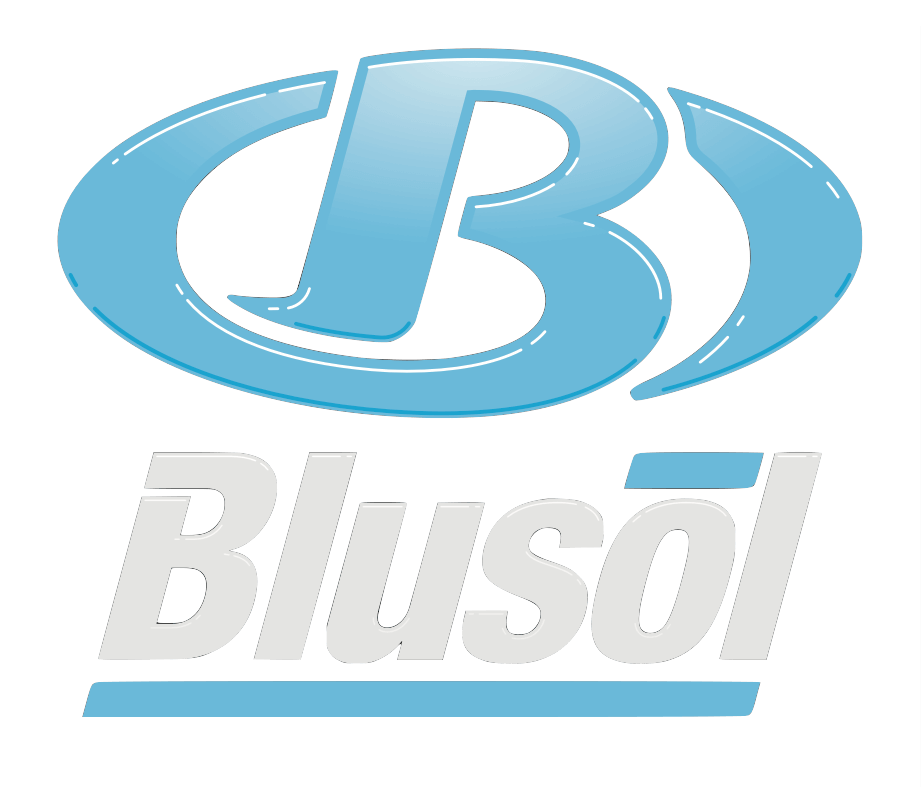
Getting blisters from soccer cleats and other athletic footwear is a painful problem with easy solutions!
What are Blisters?
Blisters are the accumulation of fluid between layers of skin, usually in one area or part of the body. They look like pockets of clear fluid stuck under the skin and are a common occurrence for most athletes.
Why Do I Get Them?
Blisters typically are caused by one or more of three factors: friction, sweat, and heat. Friction is when the skin of the foot rubs against either the sock or the shoe. Sweat can make this problem worse because its slick nature encourages additional movement inside the shoe. Heat contributes negatively as it also causes sweat production and increases the likelihood of hot-spot development. Hot-spots are warm reddened areas where the top layers of skin begin to pull away from the lower layers, ultimately creating a blister if not treated immediately.
One of the biggest causes of blisters is footwear. Extended use of cleats for long hours can cause blisters. In addition, ill-fitting or new cleats can also cause blisters. Cleats that are too worn out may also be a source of blisters. New cleats, old cleats, ill-fitting cleats all have something in common. They create too much friction with certain parts of the foot or sock and begin the process of blister formation.
Luckily, blisters are pretty easy to detect. Most of us can feel when a blister is starting to form. The warm and burning sensation in the area is the reason they are called hot-spots; they feel hot! And so for most people, learning how to deal with blisters is simple.
How Do I Treat Blisters?
Here’s what you can do to treat blisters:
Clean the area.
Wash the affected area with soap and water and use alcohol to sterilize it.
Drain the blister.
To drain the blister, use a sterile needle or similar tool to create an opening in the skin from which the fluid can drain. Use a sterile gauze to catch the fluid. Do NOT attempt to remove the skin from the blister, even if already torn. The flap of skin protects the skin underneath and aids in the healing process.
Cover the blister.
Next, be sure to cover the blister with a large band-aid, gauze, or Telfa tape, something that won’t stick to the skin, and try to rip it off when you remove the covering. Make sure to secure the covering tightly so that it doesn’t move or fall off.
Continue care.
After initially treating a blister, make sure to continue to clean it and allow it to remain dry. Change the coverings as often as necessary and keep watching it. After a few days, you may be able to cut off the dried skin of the blister, just be sure to cut it, not rip it.
How Do I Avoid Blisters?
First, let’s talk about how you can avoid getting blisters in the first place.
Keep your feet dry.
This is often easier said than done. But it’s important to keep your feet dry. If they get wet during practice, make sure to dry out your shoes, socks, and feet after. If necessary, bring an extra pair of socks to switch out in the event that your first pair get too wet.
Wear proper equipment.
Make sure your cleats are the right size, not too big or small. Cleats that are too big allow for too much movement (and thus friction) of your foot inside the shoes. Cleats that are too small rub unnecessarily with the foot and can equally cause blisters. Get the right size for your foot and follow the advice of cleat professionals.
Use high-quality socks.
This may be something often overlooked by athletes. One of the best ways to prevent blisters is to wear socks that are made for use and abuse with soccer cleats. Low-quality socks or normal everyday shoe socks aren’t made to withstand the rigors of high athletic activity. Usually, they are too thin or the wrong material and can quickly cause blisters. High-quality socks are very thick and are made to absorb as much sweat as possible, making blisters more difficult to come by overall.
Give new cleats time to wear in.
Some people think they should get a new pair of cleats right before a big game to perform at their best. While this sounds like a good idea, new cleats will almost never play as well as cleats that are broken in. New cleats are far too stiff and uncomfortable to play in immediately. This is what often causes blisters. Instead, take the time to break in new cleats; don’t use them too much either as this makes you prone to getting blisters.
Use padding or tape.
In an attempt to protect certain areas of the foot, some people use tape or moleskin to cover the skin so that the shoe rubs against the padding and not the skin. This can be an effective last resort if you simply have to play with what you have or already feel a blister coming on.
Monitor field or turf temperature.
Although outside temperatures may only be 90-100 degrees Fahrenheit (32-38 Celsius), the temperature of the grass or turf will be much hotter. The heat from the ground can cause blisters and even burns on the bottoms of your feet. Wearing a heat-shielding insole can significantly improve performance and comfort on the field, and help prevent blisters as well. One fantastic and extremely customizable option is from Bluso’s heat shields. Blusol offers an affordable solution for a problem that most soccer players deal with constantly. Click here to order your Blusol heat shields today.
If you have other questions or concerns, visit your nearest medical professional for specialized care and help.
For additional information, check out these helpful websites:
https://sportmedbc.com/article/blisters-soccer-players
https://mastersoccermind.com/13-tips-to-avoid-blisters-from-soccer-cleats/
https://www.gftskills.com/tips-for-soccer-boots-foot-care/
